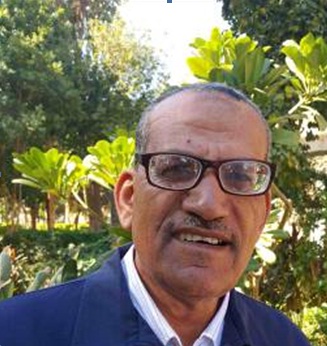Al-Haruj Tertiary basalts cover an area of about 50,000 km2 in central Libya. This occurrence is the largest among the other Libyan occurrences. They are diferentiated in the field into two volcanic series separated by a long hiatus. Each series is characterized by its weathering features, morphology and primary igneous structures. Geochemically, Al-Haruj basalts are alkaline to subalkaline, suggesting increasing degrees of partial melting of mantle source.. They pertain to the within-plate basalts with a tendency towards MORB. The linear variation relation of the studied basalts is considered a direct evidence of the importance of low-pressure fractional crystallization in their evolution. The chemical data are normalized to the primitive mantle where the observed positive Nb anomaly reflects the existence of a residual Nb-bearing phase during partial melting. Moreover, the abundance of Ba, Rb and Sr are controlled by source composition, residual mineralogy, degree of partial melting and extent of fractional crystallization.
The distribution of the central volcanos and the other basalt occurrences show a distinct periodicity, a characteristic feature of a continental rift zone (CRZ). The presence of subalkaline basalts in Al-Haruj area with their tendency toward MORB suggests that a deep mantle upwelling (plume or hot spot) is the responsible for the initiation of rifting and the magma may has been generated from an OIB mantle source within the plume that may contain little contribution from the asthenospheric MORB-source components.

